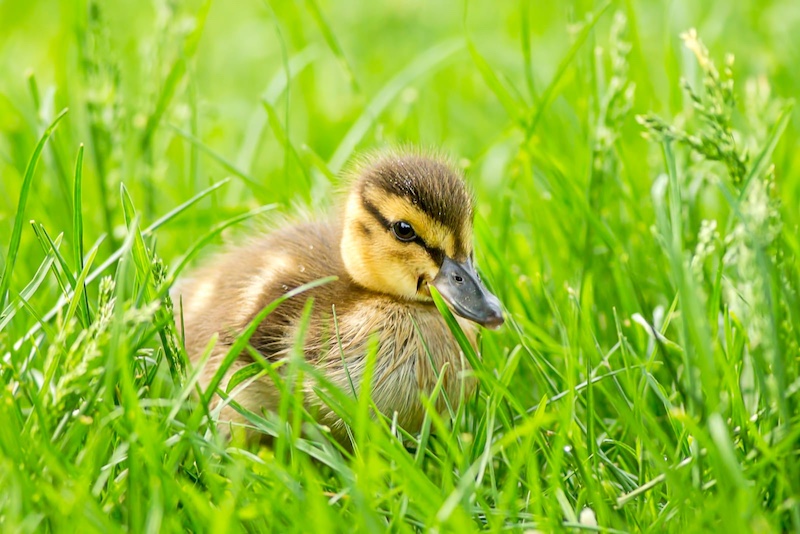In the wild, survival often depends on clever tactics, and few are more surprising than pretending to be dead. Known as thanatosis or tonic immobility, this behavior can trick predators into thinking their prey is already spoiled, unappetizing, or not worth the trouble. Here are 10 animals that use this bizarre but effective strategy to avoid becoming someone else’s meal.
Opossum
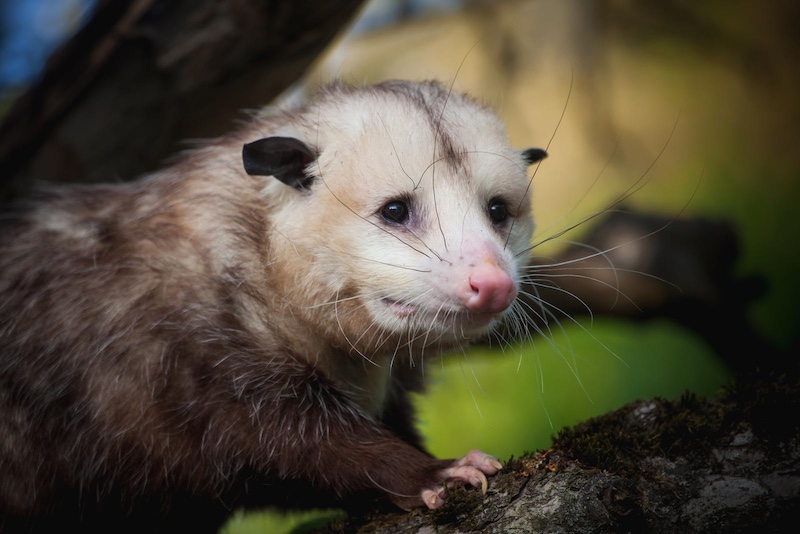
Perhaps the most famous death-faker, the Virginia opossum literally “plays possum” when threatened. It collapses, goes limp, drools, defecates, and emits a foul odor—all convincing signs of death. This trance-like state can last several minutes to hours. It’s an involuntary response triggered by extreme fear, and it often works—predators usually lose interest and move on.
Eastern Hognose Snake
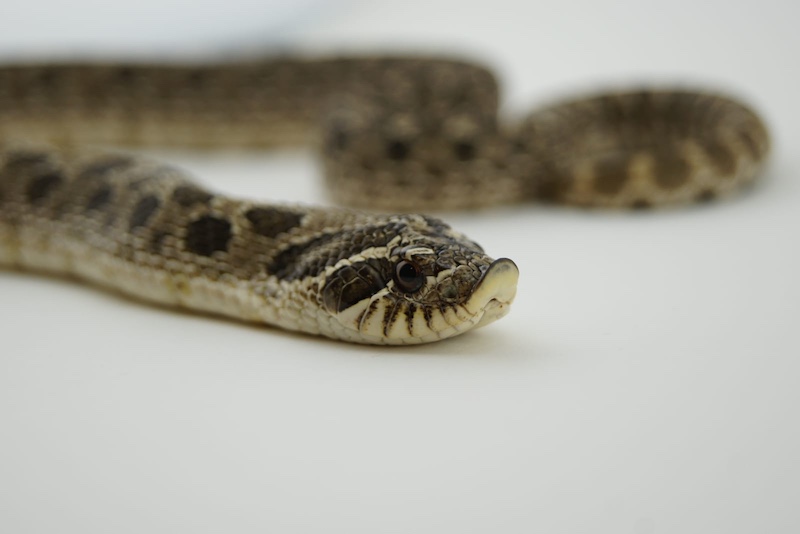
This North American snake is a master of dramatic performance. When threatened, it flattens its neck like a cobra, hisses, and strikes—without biting. If that fails, it flips onto its back, opens its mouth, lets its tongue hang out, and even emits a foul smell from its cloaca. If flipped upright, it will roll back over to continue the act.
European Rabbit
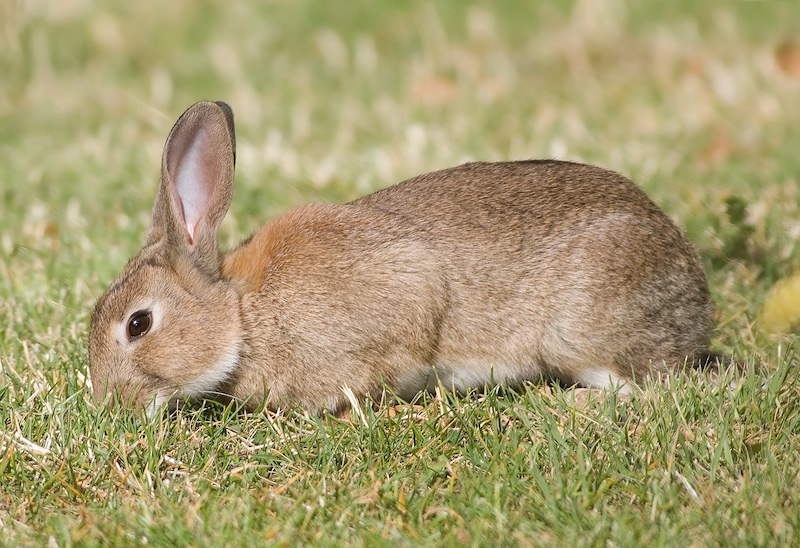
Rabbits may look timid, but they have a powerful survival trick. When captured or under extreme stress, a rabbit may enter a tonic immobility state that mimics death. This can confuse predators long enough for the rabbit to escape if released. Farmers and researchers have even used this phenomenon to humanely restrain rabbits temporarily.
American Woodcock
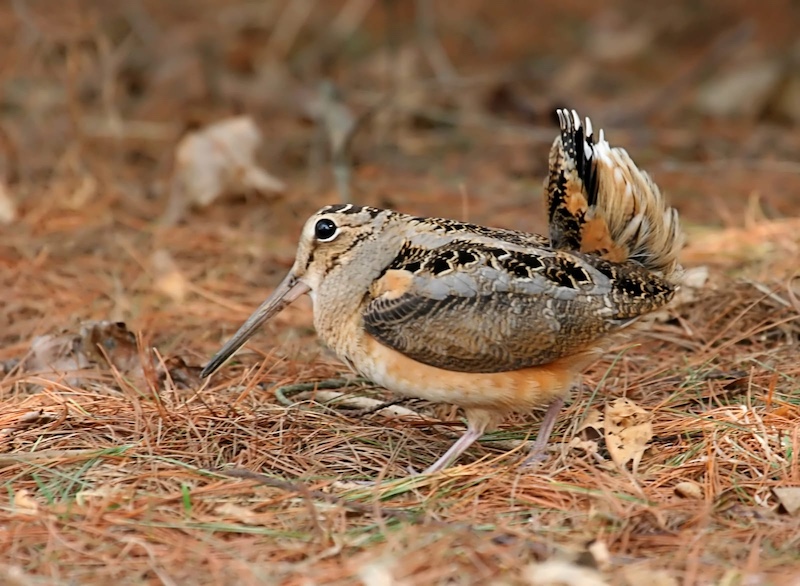
This bird adds theatrical flair to its act. When threatened near its nest, the American woodcock may flop to the ground, flail one wing as if broken, and slowly drag itself away. It’s not quite playing dead, but it’s a form of deception that draws predators away from vulnerable chicks—essentially sacrificing itself without the actual risk.
Fire Ants
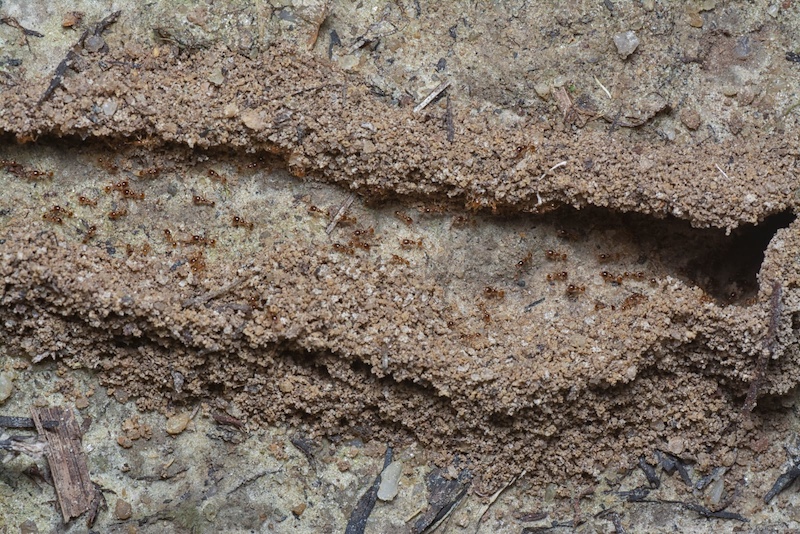
In battles between ant colonies, fire ants have been observed faking death to avoid combat. Researchers at the University of Regensburg found that younger ants in particular use this strategy to avoid aggression. The ants remain completely motionless for several minutes—often long enough to be ignored by attackers.
Killdeer
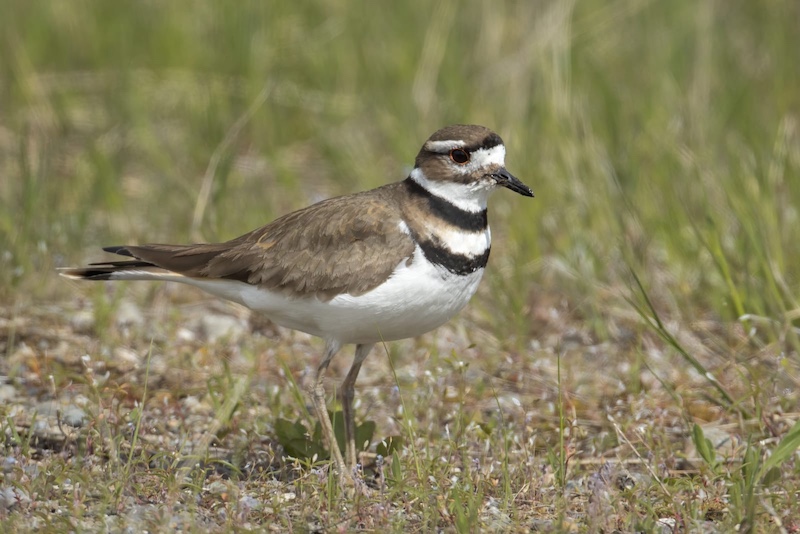
The killdeer, a shorebird known for its loud call, uses a similar strategy to the woodcock. If a predator nears its nest, it pretends to be injured, fluttering its wings and limping away. But if the predator gets too close, the bird suddenly “recovers” and flies off, revealing the whole thing was an act.
Redback Spider
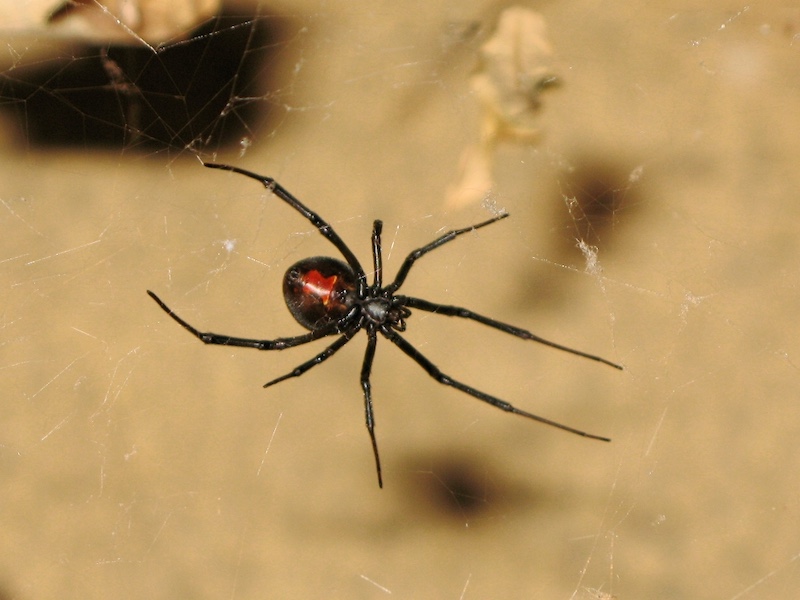
Female redback spiders sometimes fake death to avoid unwanted mating. If a male approaches and she’s not interested, she may fall limp. A study published in Biology Letters found that this behavior could successfully deter males and prevent forced copulation—an unusual twist on using death-feigning for self-preservation.
Mallard Ducklings
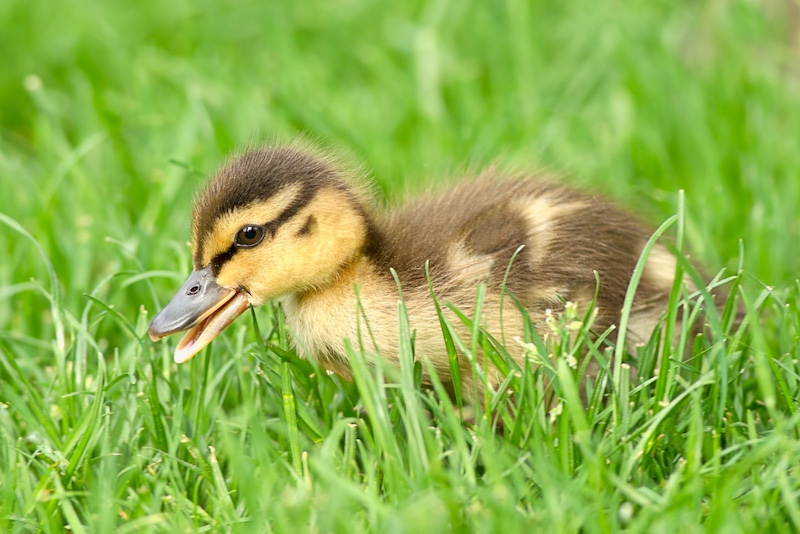
Mallard ducklings may feign death when caught by a predator. This instinctive response involves going completely limp and unresponsive. It may cause the predator to loosen its grip or drop the duckling, giving it a chance to escape.
Beetles (e.g., Click Beetle)
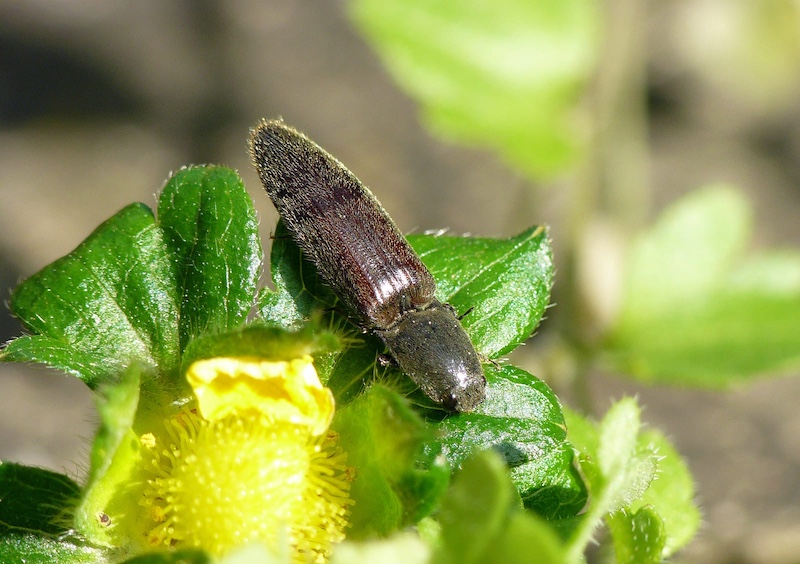
Many beetle species use thanatosis as a primary defense. The click beetle, for example, drops motionless to the ground when disturbed. Its rigid posture and stillness can make it seem like a dead, dried-up husk—unappealing to predators.
Shark
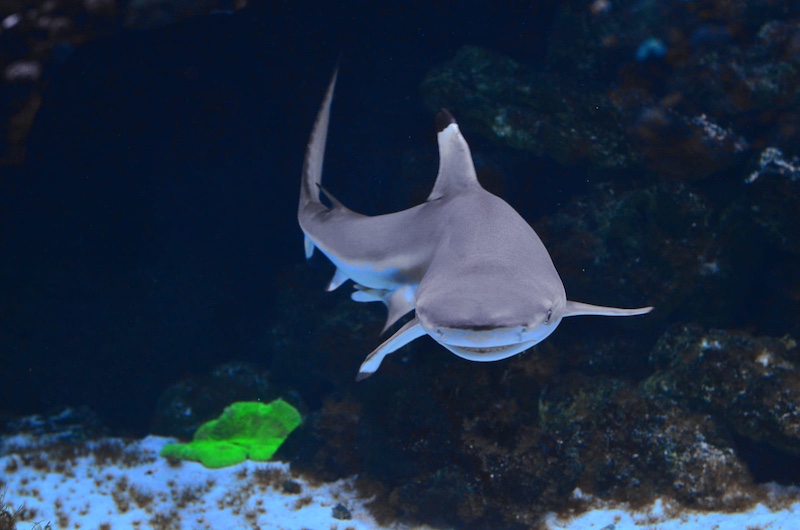
Even large predators use death mimicry in certain contexts. Researchers have discovered that some shark species enter tonic immobility when flipped upside down. This response is often used by scientists to safely handle them, but it’s believed to be a natural reaction to threat—perhaps even mimicking death to confuse rival sharks.
- Please Note: This content was created with the assistance of AI and thoroughly edited by a human before publishing.

